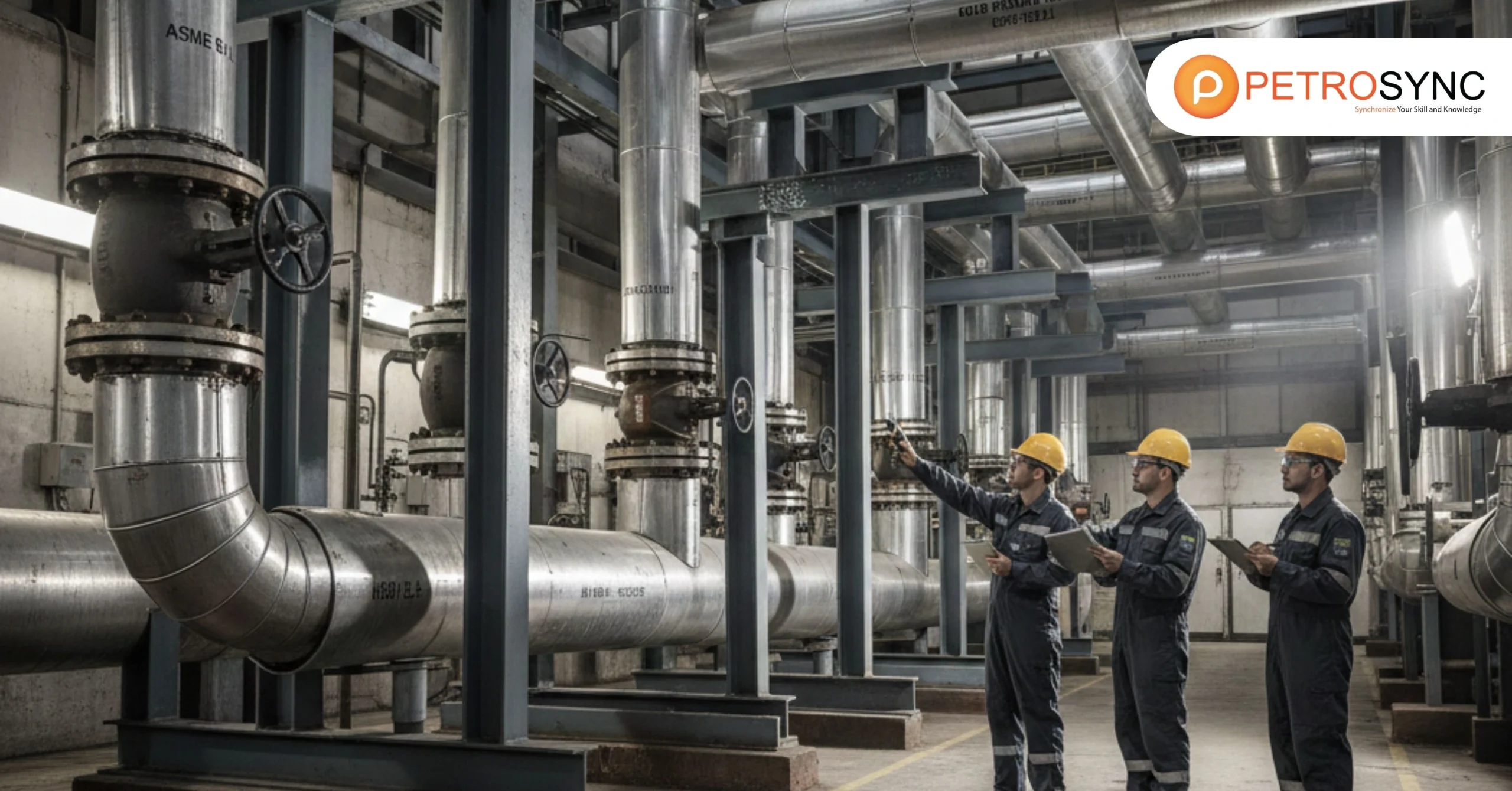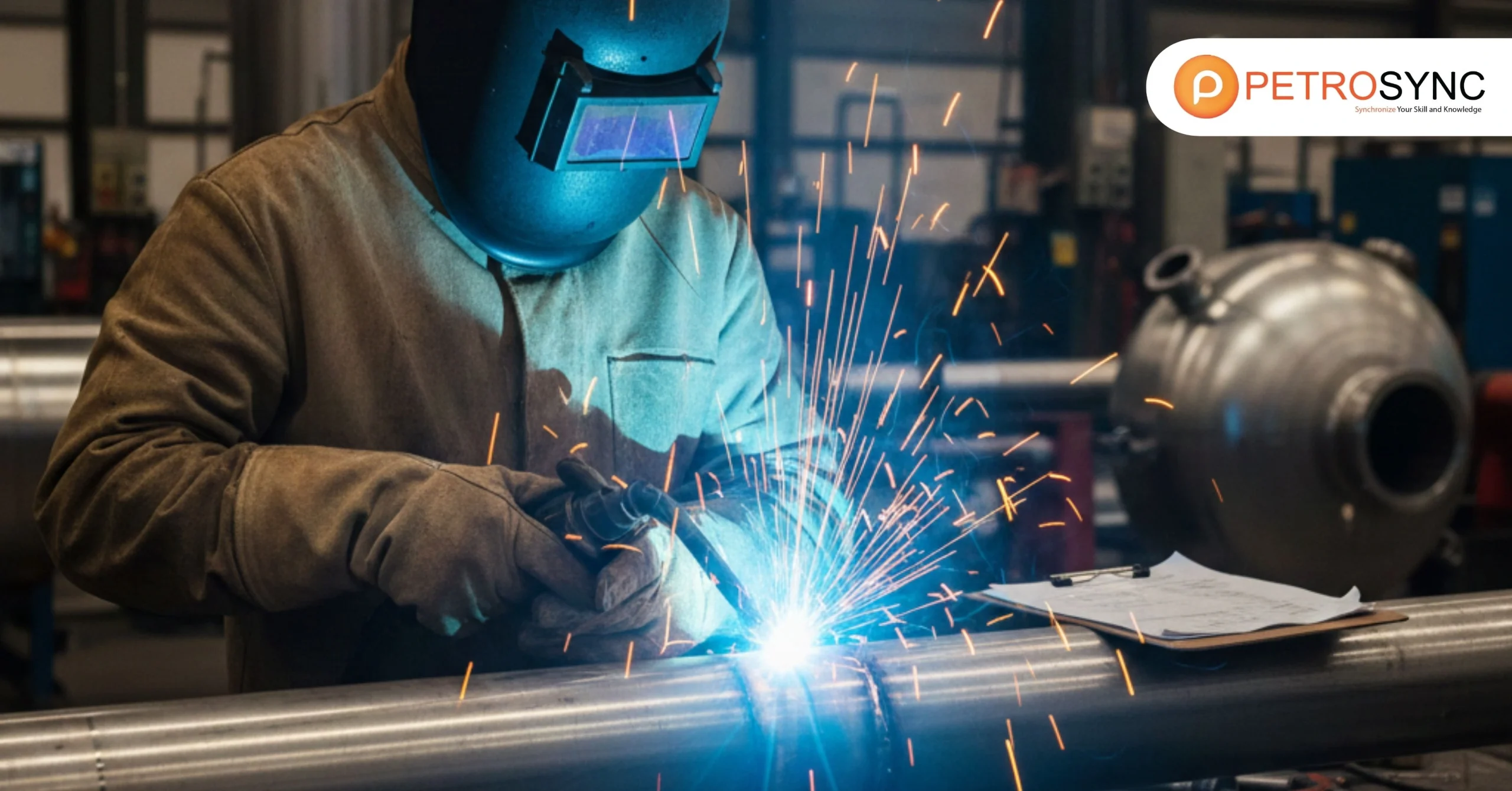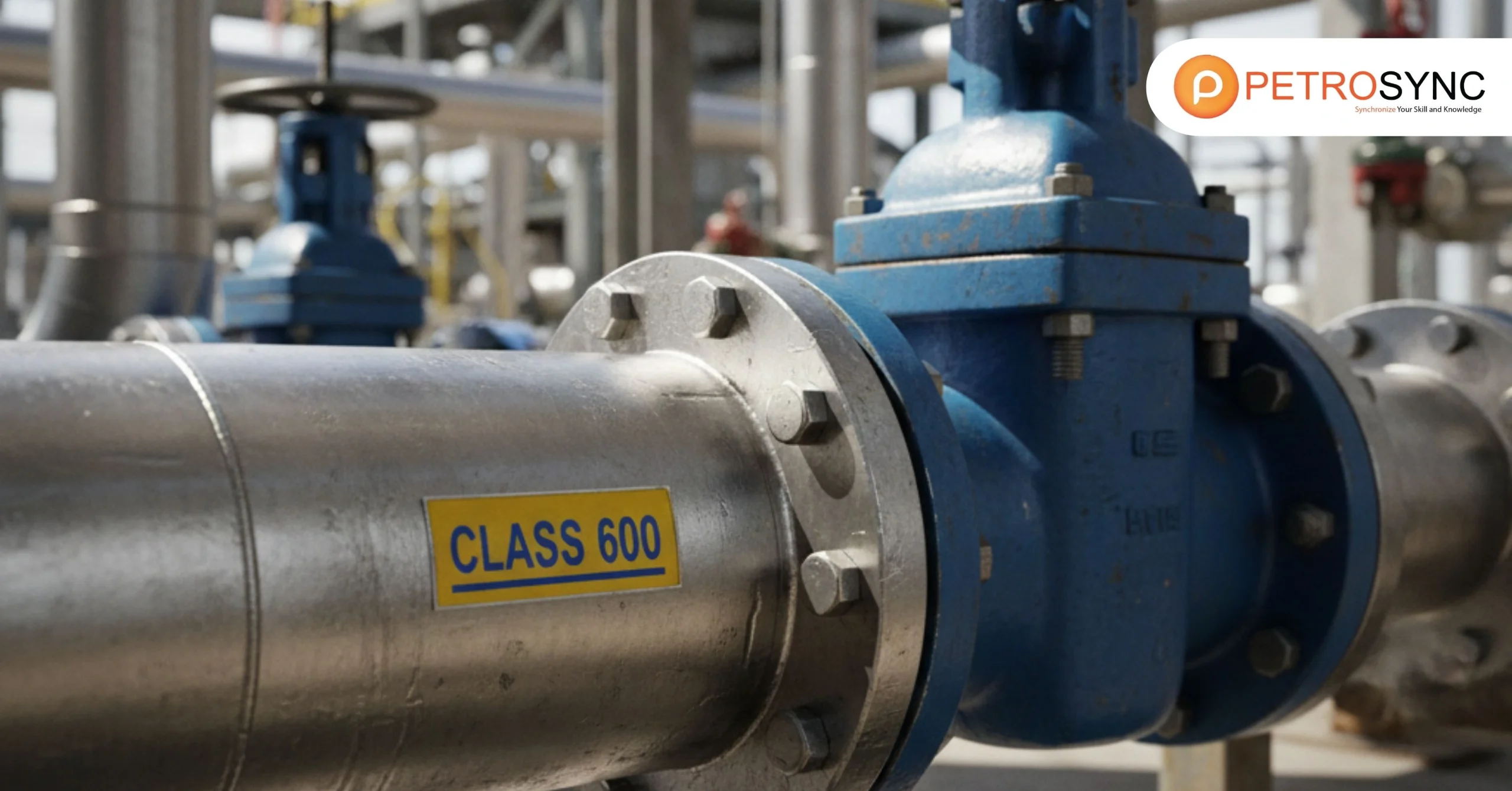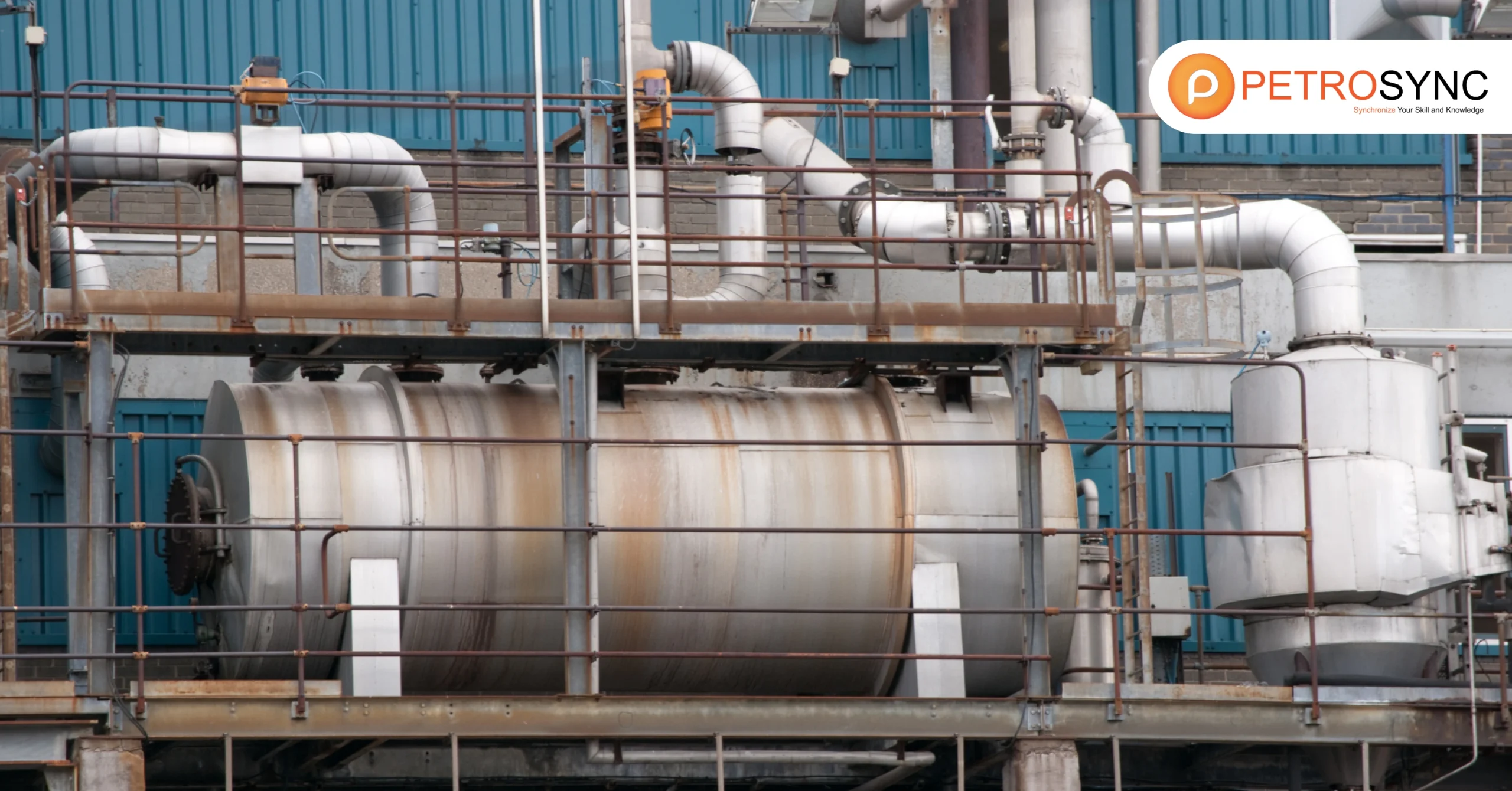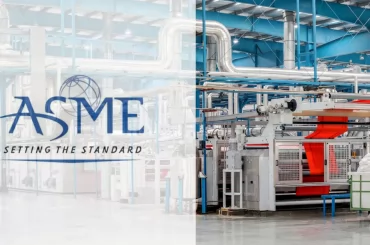In the complex world of piping systems, safety is of utmost importance. Recognizing this, the ASME introduced ASME B31.1, a set of standards designed specifically for power piping systems. Let’s explore the ASME B31.1 standards along with its elements.
What Is ASME B31.1?
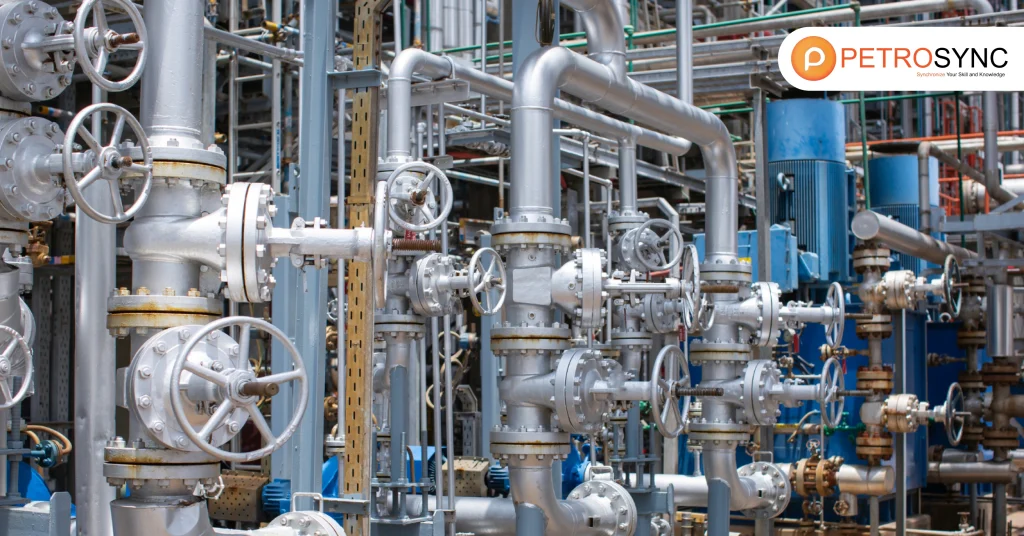
ASME B31.1 is developed by the American Society of Mechanical Engineers (ASME), is a set of guidelines specifically focused on power piping, providing requirements for designing, installing, and maintaining piping systems within power plant. The main purpose of ASME B31.1 is to ensure the safety and reliability of power piping systems.
It provides rules and criteria for properly designing and fabricating piping components, such as pipes, fittings, and valves. The standard covers aspects like materials, welding procedures, and testing methods to guarantee that the piping systems can withstand the pressures and conditions they are subjected to during operation.
What Is The Latest Edition of ASME B31.1?
|
Attribute |
Details |
| Revision | 2022 Edition, October 10, 2022 |
| Published Date | October 10, 2022 |
| Status | Active, Most Current |
| Document Language | English |
| Published By | ASME International (ASME) |
| Page Count | 394 |
| ANSI Approved | No |
| DoD Adopted | Yes |
Key changes to the ASME B31.1 2022 revision encompass:
- New and updated figures for Code Jurisdictional Limits on Piping
- Stress equation modifications to incorporate B31J Stress Intensification Factors into Chapter II and Appendix G
- Addition of B31P as an alternative for heat treatment and minimum preheat requirements
- New content in Chapter VI to allow NDE as additional alternative to hydrostatic testing on NBEP
- Update Design Conditions to align with ASME B31.3
- Clarification of visual examination requirements
- New content on In-process Examination in Chapter VI Inspection, Examination and Testing
- New content on Damage Mechanisms in Nonmandatory Appendix V
What Are The Requirements For ASME B31 1 Testing?
ASME B31.3 poses challenges for nondestructive examination due to its specifications for various fluid service categories. In contrast, dealing with B31.1, known as “Power Piping,” is comparatively less complex. Specifically, in B31.1, Table 136.4 mandates 100 percent radiography for butt welds and branch connections meeting the following criteria:
- In service at temperatures exceeding 750 degrees Fahrenheit, regardless of pressure.
- In service at pressures exceeding 1,025 pounds per square inch gauge, with a thickness exceeding 1⅛ inches, and operating between 350 and 750 degrees Fahrenheit.
For all other welds, a visual examination is sufficient.
In B31.1, the standards for accepting welds are stricter than those in B31.3 for regular fluid service. B31.1 does not allow any incomplete penetration, and the size limits for other types of imperfections are smaller. The easiest sections in the B31 codes are B31.5, focusing on “Refrigeration Piping,” and B31.9, dealing with “Building Services Piping.”
Both have examination requirements limited to visual inspection, except for B31.5, where the refrigerant is flammable. In that situation, 5 percent radiography is necessary. However, unlike B31.3, there is no provision for escalating consequences if radiographs are rejected.
What Is The Pressure Testing for ASME B31.1?
Pressure testing in ASME B31.1 are conducted to guarantee the safety, dependability, and leak resistance of pressure systems. This process involves subjecting the piping system to elevated pressures to assess its ability to withstand the intended operating conditions without any leaks or failures. According to ASME B31.1.
The pressure used for hydrostatic test should be at least 1.5 times the design pressure, and for pneumatic tests, it should be at least 1.2 times the design pressure. During testing, the hoop stress (stress around the pipe) should not exceed 90% of the yield stress. You can calculate hoop stress using either the minimum wall thickness or the pressure design wall thickness.
For piping systems facing both internal and external pressure, calculate the test pressure based on the internal pressure. Determine the hoop stress by considering the pressure difference during testing. Utilize the ASME B31.1 data tables for allowable stress data.
The following are the primary testing requirements under ASME B31.1:
1. Hydrostatic Testing
ASME B31.1 requires hydrostatic testing for all pipe systems. This test consists of filling the pipe with water or another incompressible liquid and pressurizing it to 1.5 times its design pressure. The system is then monitored for leaks to ensure that the pipe can withstand the operational pressure without failure.
2. Pneumatic Testing
When water cannot be used, pneumatic testing is a viable alternative. This method pressurizes the piping system with gas, which is often air or nitrogen. However, pneumatic testing is widely seen as hazardous because of the compressibility of gases, which might result in larger energy outputs in the event of a failure. As a result, specific safety precautions must be used during pneumatic testing.
3. Visual Inspections
In addition to pressure tests, ASME B31.1 demands extensive visual inspections before and after testing. These inspections assist uncover potential problems such as cracks, corrosion, or incorrect welds that may not be seen during pressure tests. Visual inspections are an important line of defense in ensuring system integrity.
4. Non-Destructive Testing (NDT)
Non-destructive testing technologies, including radiography, ultrasonic, and magnetic particle inspections, are frequently used to evaluate weld and material integrity. These tests enable engineers to detect internal flaws without causing damage to the piping system, guaranteeing that it meets safety standards without the need for destructive tests.
5. Post-Test Documentation
It is vital to have detailed documentation after successfully completing tests. The ASME B31.1 standard requires all test results, inspection reports, and corrective actions to be documented for future reference. This paperwork not only demonstrates conformity with industry standards, but it also serves as a historical record to aid in future maintenance and inspections.
FAQs on ASME B31.1 and The Foundation of Reliable Piping Design
1. What Is ASME B31.1, and Why Is It Important for Piping Design?
ASME B31.1, created by the American Society of Mechanical Engineers, is a crucial set of rules for designing and building power piping systems. It ensures that piping systems are safe and reliable in various industries. Following ASME B31.1 is essential to meet rules, improve safety, and manage costs in piping operations effectively.
2. How Does ASME B31.1 Make Piping Systems Safer?
ASME B31.1 significantly improves the safety of piping systems by providing clear rules for materials, fabrication, inspection, and testing. These guidelines, when followed, reduce the risk of failures and accidents. Adhering to these standards ensures the integrity of piping systems, preventing potential hazards and creating a safer working environment.
3. Is ASME B31.1 Only for Specific Industries, or Can It Be Used in Different Sectors?
ASME B31.1 is versatile and can be applied across various industries, making it a universal standard for power piping systems. Its guidelines are designed to fit the unique needs of different sectors, including oil and gas, power generation, and more. This adaptability makes ASME B31.1 a crucial tool for ensuring reliable and standardized piping design across diverse industrial applications.
4. How Does ASME B31.1 Keep Up with Technological Changes in Piping Design?
The standard is dynamic and evolves with technological advancements in the piping industry. It incorporates innovations such as smart technologies and sustainable solutions, keeping up with the ever-changing landscape of piping design. The standard adjusts to new methodologies, ensuring that piping systems not only meet current industry needs but also stay at the forefront of technological progress.
What Is The Difference Between ASME B31 1 and B31 3?
ASME B31.1 covers the requirements for power piping systems that transport steam, water, oil, gas, and other fluids under high pressure and temperature, whereas ASME B31.3 focuses on process piping systems that transport fluids under normal operating conditions.
|
Aspect |
ASME B31.1 |
ASME B31.3 |
| Focus | Power Piping Systems | Process Piping Systems |
| Application | Power plants and similar facilities | Chemical, petrochemical, and oil refineries |
| Fluids Transported | Steam, water, oil, gas, and other fluids | Various fluids under normal operating conditions |
| Key Emphasis | High pressure and temperature environments | Normal operating conditions with different temperatures |
| Industries | Power generation, heating, and cooling systems | Chemical, petrochemical, oil refining, and similar industries |
| Design Criteria | Guidelines for design, construction, inspection, and maintenance | Design, construction, and maintenance requirements |
In summary, ASME B31.1 is focused on power piping systems, emphasizing high-pressure and high-temperature conditions commonly found in power plants. In contrast, ASME B31.3 is geared towards process piping systems used in various industries, emphasizing transporting fluids under normal operating conditions.
While ASME B31.1 is vital for power piping systems, it’s equally important to recognize ASME B31.3. This standard focuses specifically on process piping, emphasizing the design, materials, and components needed for fluid transportation across various industries.
ASME B31.3 complements B31.1, ensuring a comprehensive approach to piping design covering both power and process applications. Its guidelines are crucial for preserving the integrity and safety of systems handling a diverse range of fluids.
Join PetroSync’s ASME B31.3 Training for Expert Knowledge
If you are seeking for a deeper understanding and practical skills in complying with ASME B31.3, PetroSync offers specialized training. This program emphasizes a hands-on approach, equipping participants with the essential skills to navigate the complexities of process piping design.
Through practical exercises and real-world applications, PetroSync’s training ensures that professionals not only grasp the theoretical aspects of ASME B31.3 but also become proficient in applying this knowledge in practical situations. Invest in your career by gaining practical expertise through PetroSync’s ASME B31.3 training program.
Credit header image: iStock

Results-oriented and thorough SEO specialist with extensive experience in conducting keyword research, developing and implementing digital website promotion strategies and plans, managing campaigns to develop company websites in the digital world, excellent knowledge of marketing techniques and principles, and attentive strong attention to detail.

